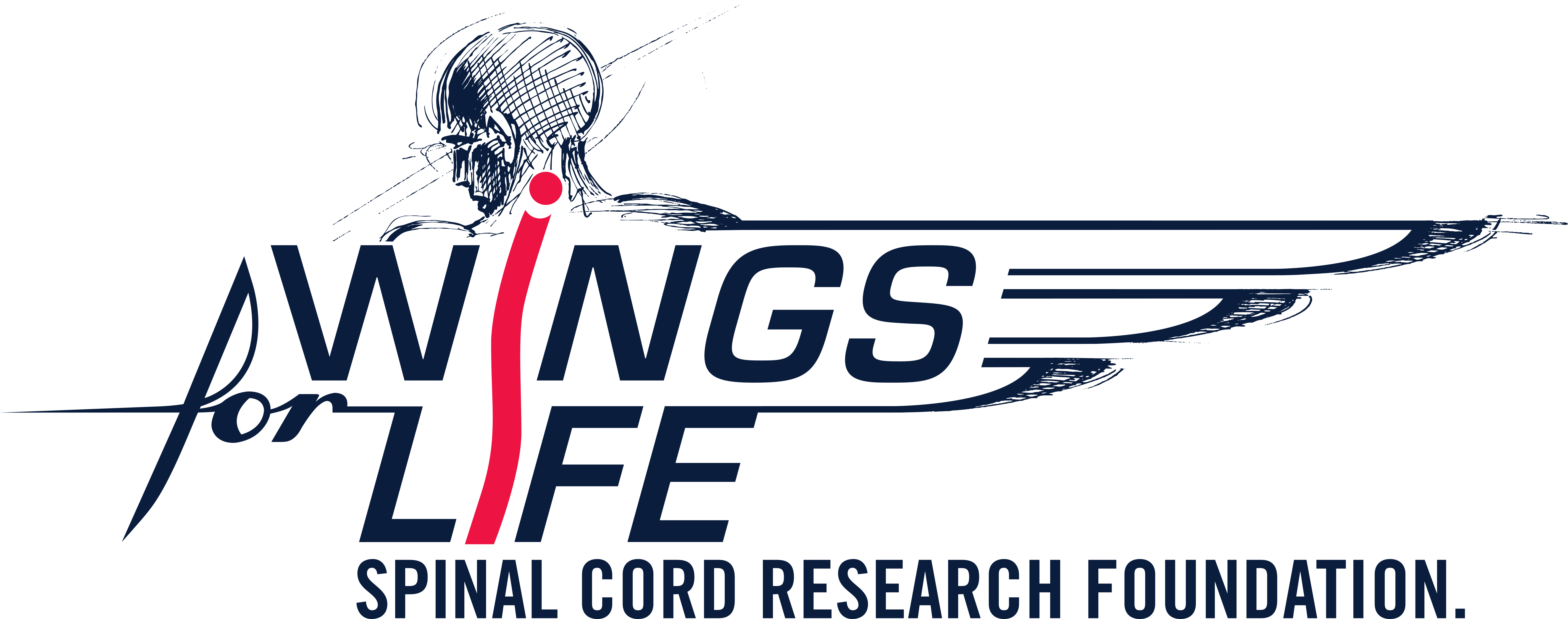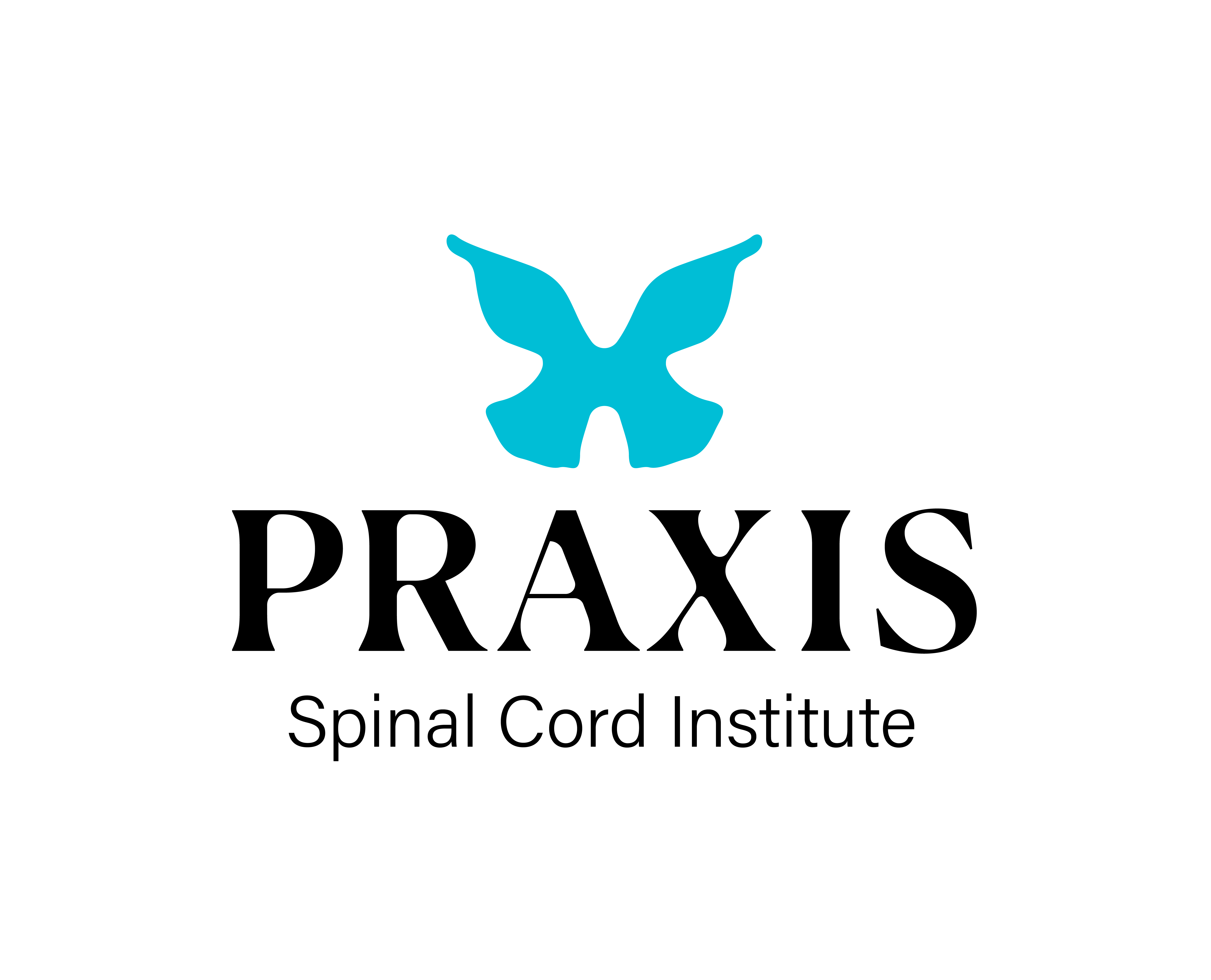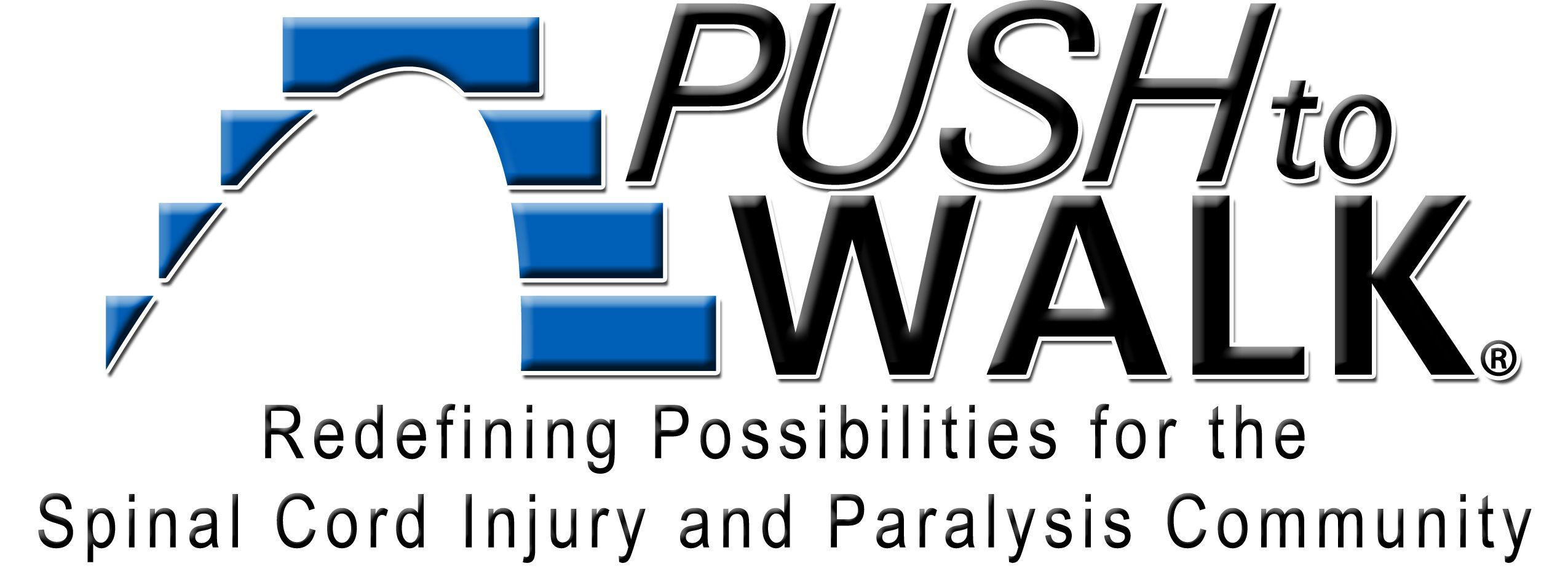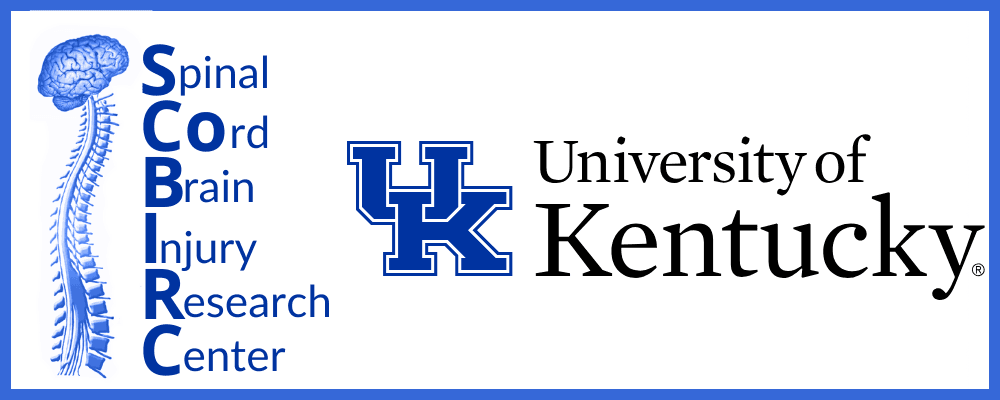Authors: Herrity AN1,2, Williams CS3, Angeli CA1,4, Harkema SJ1,2,4, Hubscher CH5,6
Deficits in urologic function after spinal cord injury (SCI) manifest both as a failure to store and empty, greatly impacting daily life. While current management strategies are necessary for urological maintenance, they oftentimes are associated with life-long side effects. Our objective was to investigate the efficacy of spinal cord epidural stimulation (scES) as a promising therapy to improve bladder control after SCI. A bladder mapping study was undertaken for sixteen sessions over the course of four months in an individual with chronic, motor complete SCI. Varying combinations of stimulating cathode electrodes were initially tested during filling cystometry resulting in the identification of an effective configuration for reflexive bladder emptying at the caudal end of the electrode array. Subsequent systematic testing of different frequencies at a fixed stimulus intensity and pulse width yielded lowest post-void residual volumes at 30 Hz. These stimulation parameters were then tested in four additional research participants and found to also improve reflexive voiding efficiency. Taken together with SCI studies on step, stand, voluntary motor control and cardiovascular regulation, these findings further corroborate that scES has an all-encompassing potential to increase the central state of excitability, allowing for the control of multiple body functions, including the urological system.



























